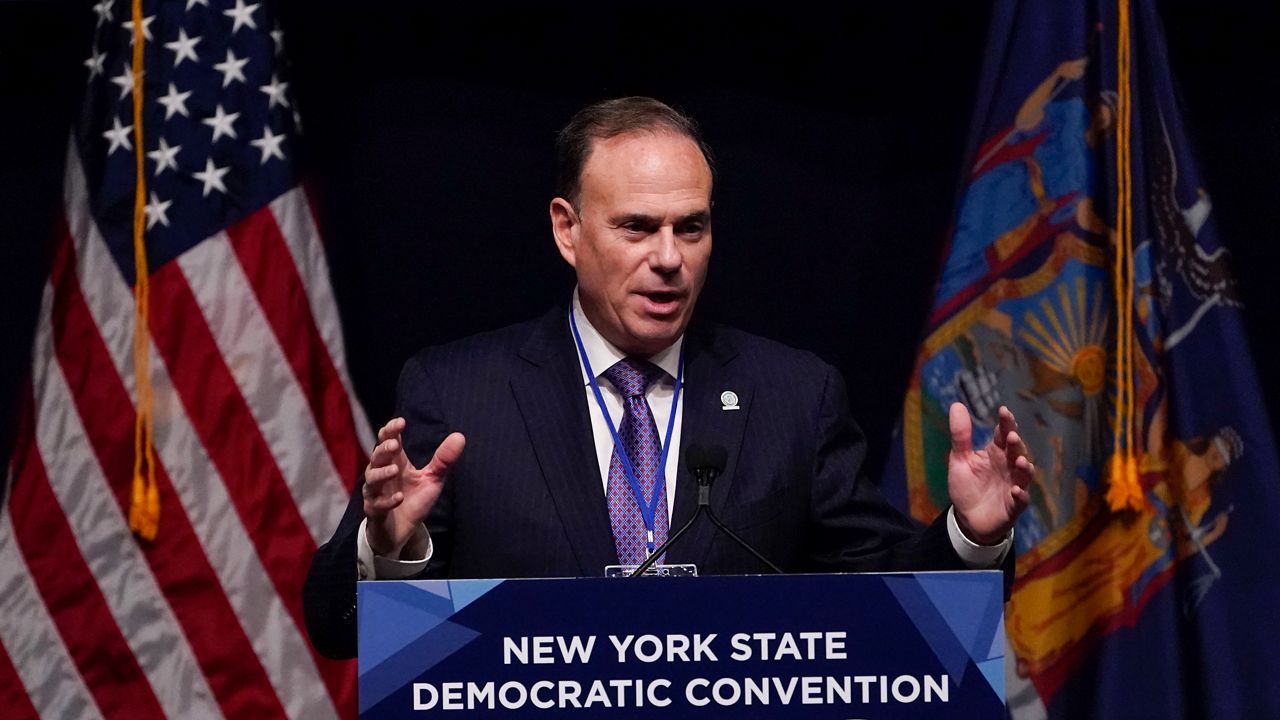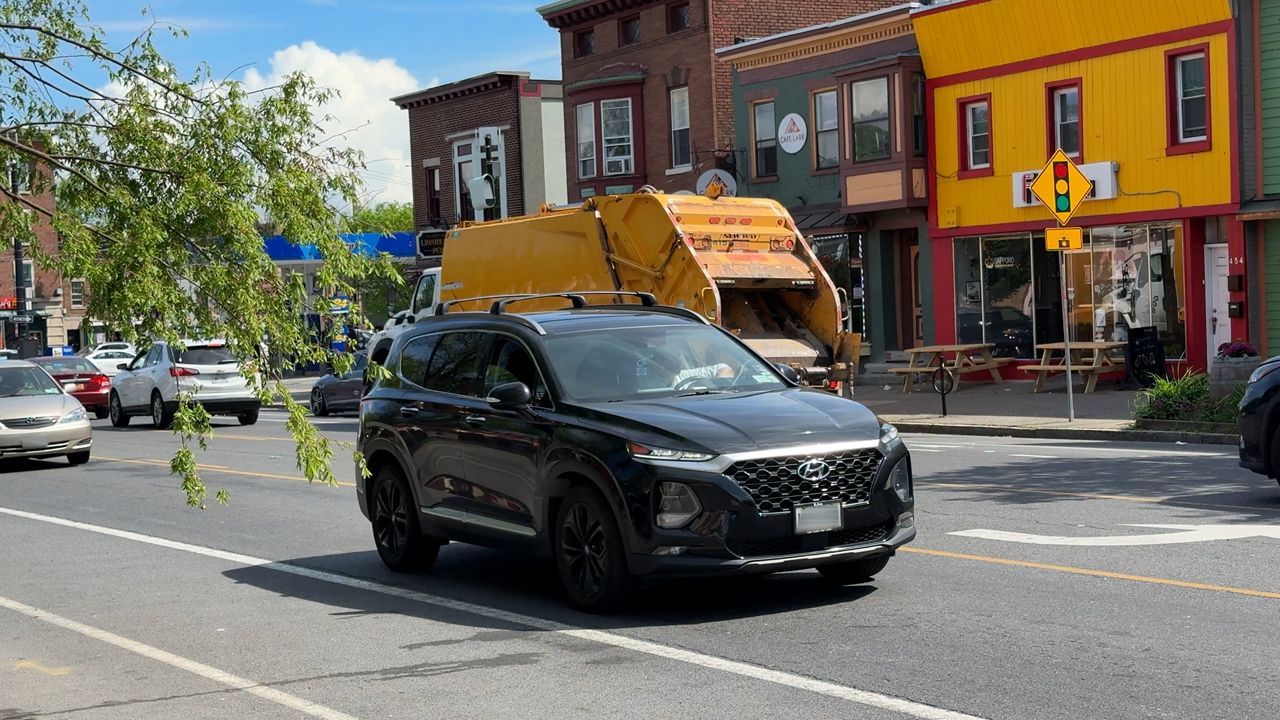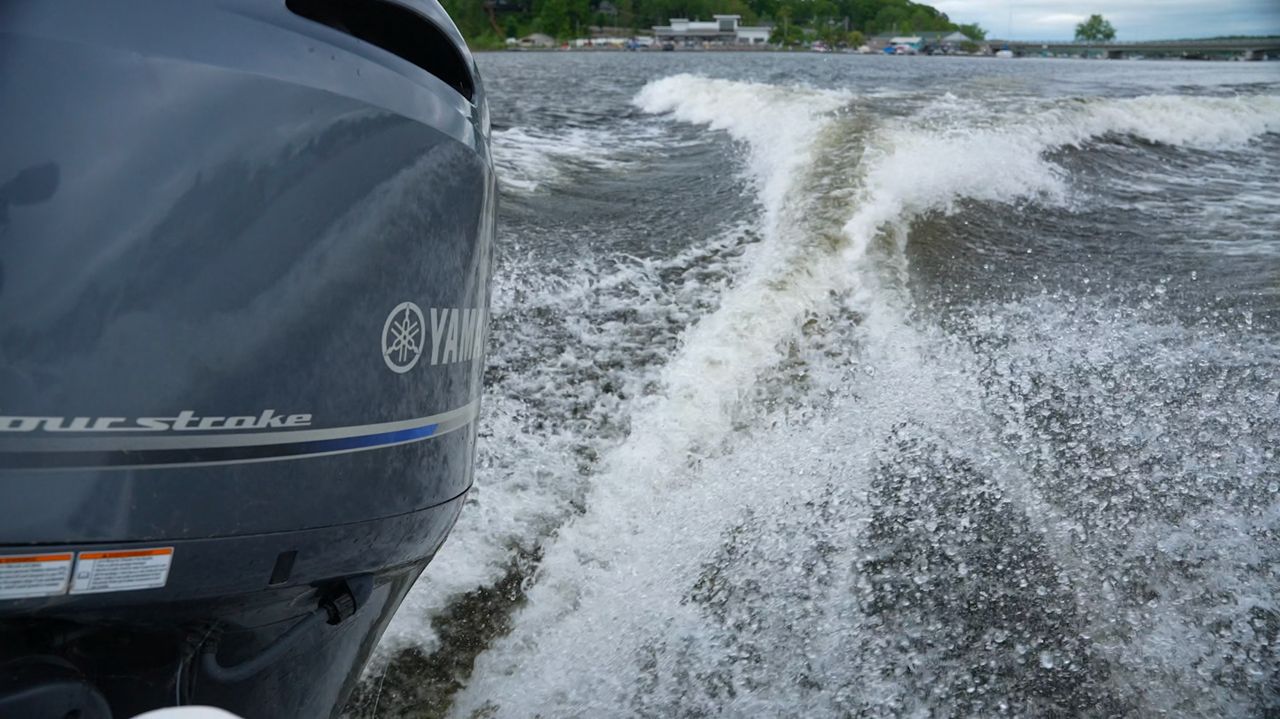Across New York, the sound of excavators and construction crews signals a new era for public health as New York state begins a $100 million initiative to replace lead service lines in 12 communities, starting with Albany.
The effort, funded by state and federal grants, is part of a larger $340 million plan to remove a hidden danger from drinking water and ensure local ratepayers aren’t left with the bill.
For Albany homeowner David Picchione, the project brings peace of mind.
“Anytime something comes along that, you didn’t really have to sign up for. And has potential to be improvement is a phenomenal game-changer,” Picchione said.
After 35 years in his home, he said the upgrade isn’t just about his family, but the health of the whole neighborhood.
“If that could all be replaced and just make it a much, smoother transition and healthier environment for those who are going to live here afterwards in any of these homes, then that’s, that’s a real positive thing,” he added.
Environmental advocates say the stakes are high.
“Any amount of lead that is getting into our drinking water is posing a threat to human health. That’s why in Albany and every city across New York, we have to get to 100% lead pipe replacement as swiftly and equitably as possible,” said Rob Hayes, senior director of clean water at Environmental Advocates NY.
Albany Mayor Kathy Sheehan says the city is committed to helping homeowners make the transition.
“We are an old city. And so we have, it’s not surprising a number of lead lines and many of those lead lines are owned by the homeowner… We’ve been able to provide grants and to provide direct funding to replace these lead lines,” Sheehan said.
State health officials stress replacing the pipes is about more than infrastructure – it’s about protecting New Yorkers from a silent threat.
“When you think about lead, it harms children’s ability to learn. It’s an invisible threat in many ways as the damage occurs. You don’t even see it. It’s a threat to anyone who’s giving birth as well,” said Dr. James McDonald, commissioner of the state Department of Health.
With an estimated 500,000 lead pipes still in use statewide, the project marks just the beginning of a long-term effort. New York lawmakers are considering legislation that would require all lead service lines to be replaced by 2037. For now, every new pipe means safer water for another New York family.










